Life throws unexpected curveballs, and for Sarah, a trip to visit her mother in the rolling hills of Tuscany turned into a heartwarming adventure. It all started with a whimper. Sarah, out for a morning stroll on a dusty farm road, heard a mournful sound coming from a nearby farmyard. Curiosity tugged at her, and she veered off the path, drawn to the source of the sound.

There, nestled beneath a rusty tractor, was a sight that tugged at her heartstrings. A scrawny dog, ribs showing prominently through his matted fur, looked up at her with large, soulful eyes. He whimpered again, a sound laced with both fear and desperate hope. Sarah knelt, her heart softening at his plight. The dog, hesitant at first, cautiously approached, his tail giving a small wag.
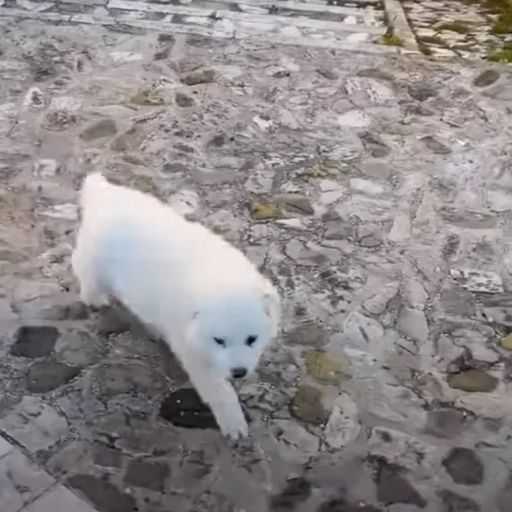
Sarah learned from a nearby farmer that the dog, abandoned by previous owners, had been fending for himself for some time. She couldn’t leave him there. Initially, she intended for it to be a temporary arrangement. A few days of care and attention before finding him a loving forever home. But as Sarah spent more time with the dog, whom she named Brandon, their connection deepened.
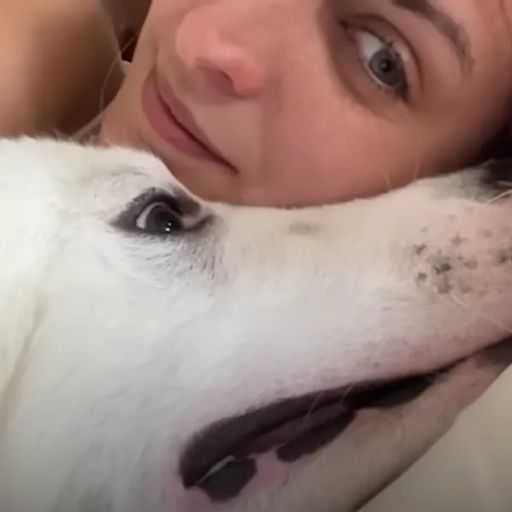
There was a gentleness in Brandon’s eyes that belied his rough beginnings. He soaked up Sarah’s affection like a parched earth absorbing rain. Their walks in the Tuscan countryside became a daily ritual, Brandon trotting happily beside her, his once-matted fur now gleaming with renewed health. However, a surprise awaited Sarah back home. Expecting Brandon to be a medium-sized dog, perhaps a Labrador mix, she was unprepared for the gentle giant who bounded off the plane.

Brandon had blossomed into a magnificent creature, easily dwarfing her Golden Retrievers, Max and Luna. At a staggering 125 pounds, Brandon was all goofy affection. He’d attempt to squeeze onto the couch next to Sarah, his weight causing it to dip precariously. His tail wags, once endearingly small, were now powerful thumps that could easily knock over a coffee table.

Understanding his size seemed to be a foreign concept to Brandon. He’d try to curl up under Sarah’s desk, offering her a puzzled look when there wasn’t enough space. Doorways became obstacle courses, requiring Sarah to strategically manoeuvre Brandon through without knocking anything over.
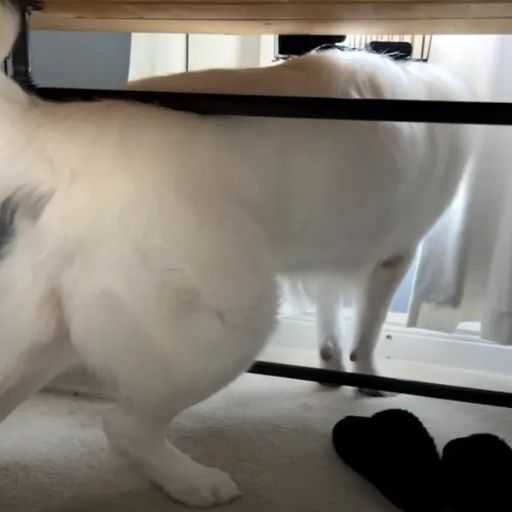
The initial amusement at Brandon’s obliviousness eventually turned into a training challenge. Sarah enrolled him in obedience classes, hoping to teach him some basic commands and, more importantly, an awareness of his size. Brandon, however, seemed to have his curriculum. He excelled at showering Sarah with slobbery kisses and enthusiastic greetings, but the finer points of “sit” and “stay” remained elusive.

Despite the comedic mishaps, Brandon brought a newfound energy to the household. Max and Luna, initially wary of the newcomer, soon found themselves enjoying boisterous games of tug-of-war with Brandon. Their walks transformed into playful adventures, with Brandon lumbering happily alongside his smaller siblings.

The evenings were a symphony of contented sighs as Brandon, sprawled across the living room floor, enjoyed long belly rubs from Sarah. His loyalty was unwavering. He followed her everywhere, a constant shadow whether she was cooking in the kitchen or tending to her garden. Bathroom breaks required creative positioning, as Brandon, despite his best intentions, didn’t quite grasp the limitations of doorways.

Life with Brandon wasn’t always easy. Keeping him entertained presented a whole new set of challenges. Sarah resorted to using giant chew toys and massive towels for tug-of-war games. His appetite was legendary, requiring her to stock up on dog food in bulk – three cups in the morning, three cups in the evening, with healthy snacks sprinkled throughout the day.
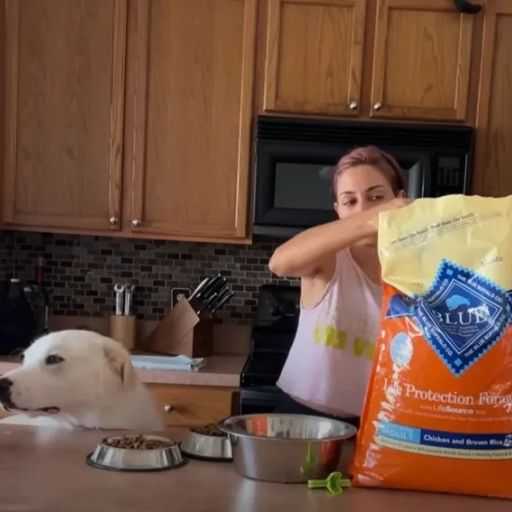
Yet, the inconveniences paled in comparison to the joy Brandon brought. His exuberance was infectious, his affection boundless. He became a beacon of warmth and goofiness, filling the house with laughter and playful chaos.
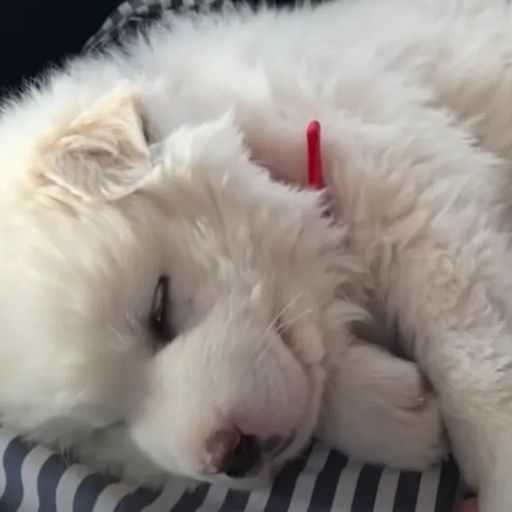
One crisp autumn morning, Sarah found Brandon gazing out the window, his head resting on the sill. It was a look of pure contentment, a silent reflection of a life transformed. Yes, Brandon was bigger than Sarah ever imagined, a gentle giant who didn’t quite understand his size. But in the grand scheme of things, that seemed insignificant. He was home, loved, and surrounded by a family who wouldn’t trade him for the world. And as Sarah looked at her furry giant, her heart overflowed with a love as big as Brandon himself.

Watch The Full Video Here:
If you’re a dog lover, you know how curious our furry friends can be, especially when it comes to plants in the garden. One common garden beauty that catches the eye is the hydrangea. These lovely blooms can add a pop of color to your yard, but have you ever wondered if they are safe for your canine companion? Well, that’s what we’re here to chat about today.
As a seasoned dog trainer, I’ve seen firsthand the mischief our four-legged pals can get into. When it comes to keeping your pup safe, being aware of what’s in your surroundings is key. So, when it comes to hydrangeas and their potential impact on your dog’s well-being, it’s essential to have the scoop. Let’s dig into this topic to ensure your garden remains a safe haven for your beloved pet.
Exploring the Toxicity of Hydrangeas to Dogs
When it comes to hydrangeas and dogs, one must be cautious. Hydrangeas contain a toxin called cyanogenic glycoside, which can be harmful to our furry companions if ingested in large enough quantities.
It’s essential to keep a watchful eye on your dog when they are around hydrangea plants. Ingesting any part of the plant, including the leaves, flowers, or buds, could lead to symptoms of poisoning in your pet.
Symptoms of hydrangea poisoning in dogs can range from mild gastrointestinal upset to more severe issues like vomiting, diarrhea, lethargy, and in some cases, difficulty breathing. If you suspect your dog has consumed any part of a hydrangea plant and is showing these symptoms, it is crucial to seek immediate veterinary care.
To prevent accidental ingestion, consider planting hydrangeas in areas that are inaccessible to your dog or opting for pet-friendly plants in your garden instead. Remember, creating a safe environment for your furry friend is key to their well-being.
Understanding the Dangers of Hydrangeas for Dogs
Hydrangeas can pose a threat to your dog’s well-being. The plants contain cyanogenic glycosides, which are toxic and can cause various symptoms if ingested. These symptoms include upset stomach, vomiting, diarrhea, lethargy, and breathing difficulties. It’s crucial to be vigilant around hydrangeas and act promptly if you suspect your dog has consumed any part of the plant. To keep your furry friend safe, consider planting hydrangeas in areas that are inaccessible to your dog or opt for pet-friendly plants instead. A safe environment is key to your pet’s health.
Safety Measures to Protect Your Dog from Hydrangea Toxicity
Hydrangeas can pose a risk to your furry friend if ingested due to their toxic nature. To keep your dog safe from hydrangea toxicity, here are some essential safety measures you should take:
1. Identify Hydrangea Plants in Your Environment:
- Familiarize yourself with how hydrangea plants look to quickly recognize and monitor them in your surroundings.
2. Create a Hydrangea-Free Zone:
- Keep hydrangea plants out of reach of your dog by planting them in areas that are inaccessible to pets.
3. Observe Your Dog’s Behavior:
- Keep an eye on your dog when outdoors to prevent them from nibbling on or ingesting hydrangea leaves or flowers.
4. Prompt Veterinary Care:
- If you suspect your dog has consumed hydrangea, seek immediate assistance from a veterinarian for proper diagnosis and treatment.
5. Educate Yourself on Hydrangea Toxicity:
- Understand the symptoms and risks associated with hydrangea poisoning in dogs to act swiftly in case of an emergency.
6. Pet-Friendly Alternatives:
- Consider planting pet-safe flowers and shrubs in your garden as an alternative to hydrangeas to provide a secure environment for your dog.
- Teach your dog commands like “leave it” to prevent them from approaching or consuming potentially harmful plants like hydrangeas.
By implementing these safety measures and staying vigilant, you can protect your dog from the potential dangers of hydrangea toxicity and ensure a safe and pet-friendly environment for your furry companion.
Alternatives to Hydrangeas for Dog-Friendly Gardens
When planning your garden, it’s crucial to prioritize your furry friend’s safety. Here are some dog-friendly alternatives to hydrangeas that can still add beauty to your outdoor space:
- Roses: These classic flowers come in various colors and types, providing a lovely option for your garden. Just ensure to avoid using pesticides harmful to your pet.
- Asters: With their daisy-like appearance, asters are a charming choice that can bloom in various shades, making them a vibrant addition while keeping your dog safe.
- Snapdragons: Known for their colorful spikes of blossoms, snapdragons are a playful and non-toxic option that can brighten up any garden.
- Petunias: These trumpet-shaped flowers are available in a myriad of colors and are safe for your dog to be around, making them a versatile and pet-friendly choice.
- Marigolds: Offering bright colors and a distinctive scent, marigolds can help repel insects naturally while being a safe option for your canine companion.
- Zinnias: Zinnias are easy to care for and produce vibrant, daisy-like blooms in a range of hues, adding a pop of color to your garden that’s harmless to your pet.
By opting for these dog-friendly alternatives, you can create a beautiful garden while ensuring a safe environment for your beloved pet. Remember, it’s essential to prioritize your dog’s well-being when selecting plants for your outdoor space.
Conclusion
So, when it comes to hydrangeas and your furry friend, it’s crucial to stay informed and take precautions. By knowing the potential risks and implementing safety measures, you can create a secure environment for your dog. Remember, there are plenty of dog-friendly plant options available to keep your garden vibrant and pet-safe. Prioritize your dog’s well-being by choosing plants wisely and being proactive in safeguarding them from potential hazards. With a little awareness and care, you can enjoy a beautiful garden while keeping your canine companion out of harm’s way.
Frequently Asked Questions
Are hydrangeas dangerous for dogs?
Yes, hydrangeas contain cyanogenic glycosides that can be toxic to dogs, causing symptoms like vomiting, diarrhea, and lethargy. Immediate veterinary care is necessary if ingestion is suspected.
How can I keep my dog safe from hydrangea poisoning?
To keep your dog safe from hydrangeas, identify and remove them from your garden or create hydrangea-free zones. Monitor your dog’s behavior when outdoors and seek prompt veterinary attention if poisoning symptoms occur.
What alternatives can I plant in my garden that are safe for dogs?
Safe dog-friendly plant alternatives include roses, asters, snapdragons, petunias, marigolds, and zinnias. These plants can help maintain a beautiful garden environment while keeping your pets safe from toxicity.

Hey there, I’m Janet Brooks, a dog-loving student from California. I’m all about helping pups in need, especially those without homes. Me and my awesome friends work together to give shelter and love to stray dogs. Oh, and I also write blogs about dogs to share helpful info.